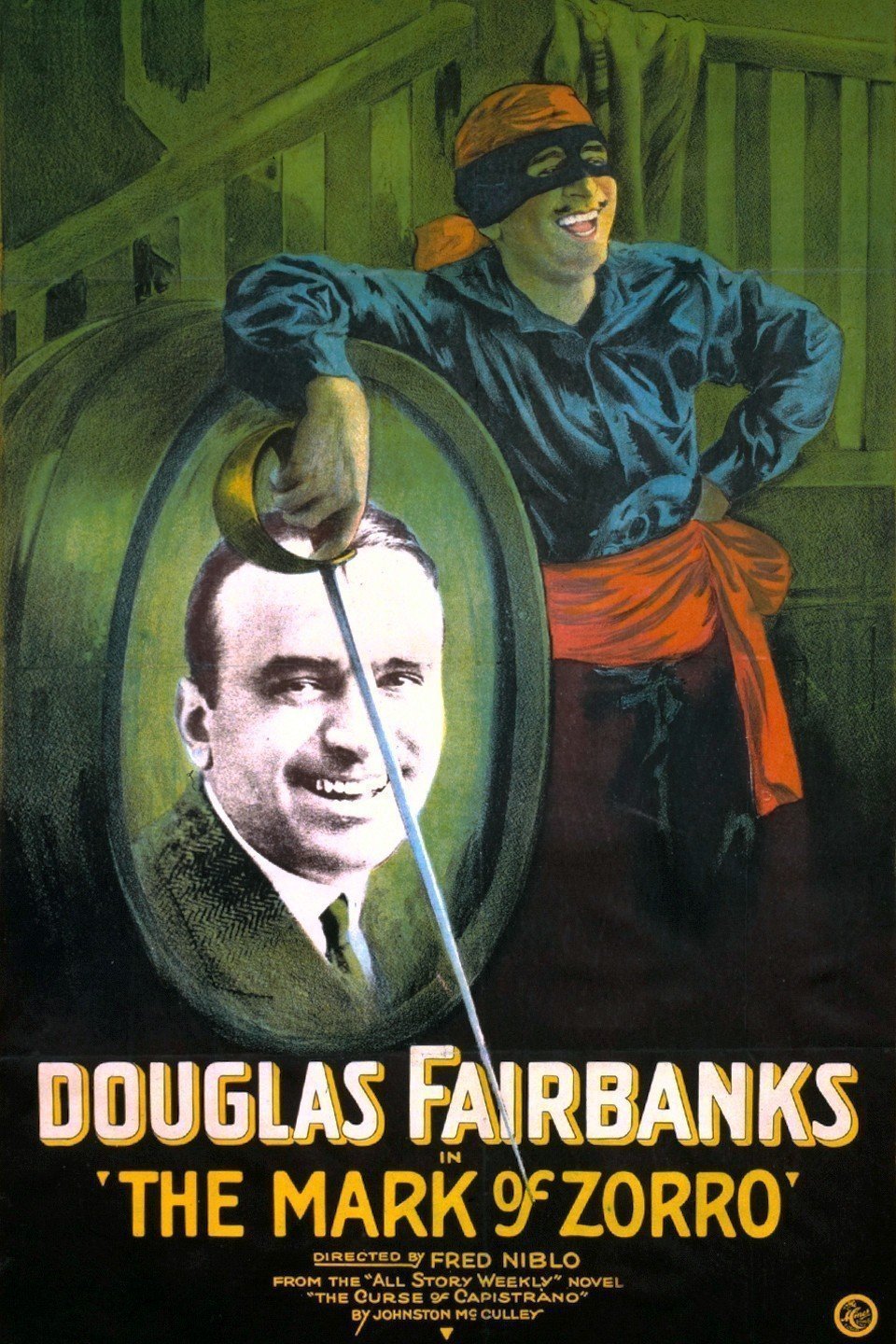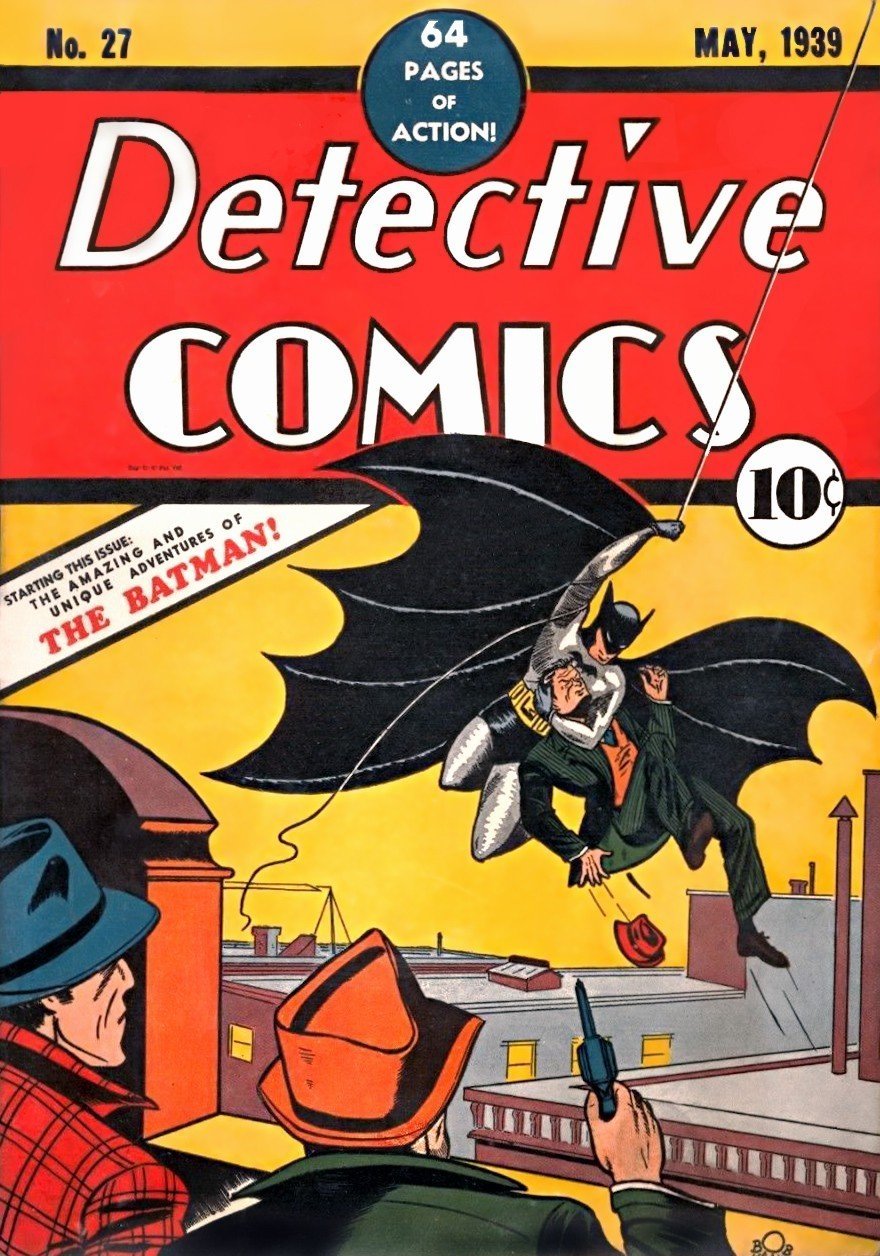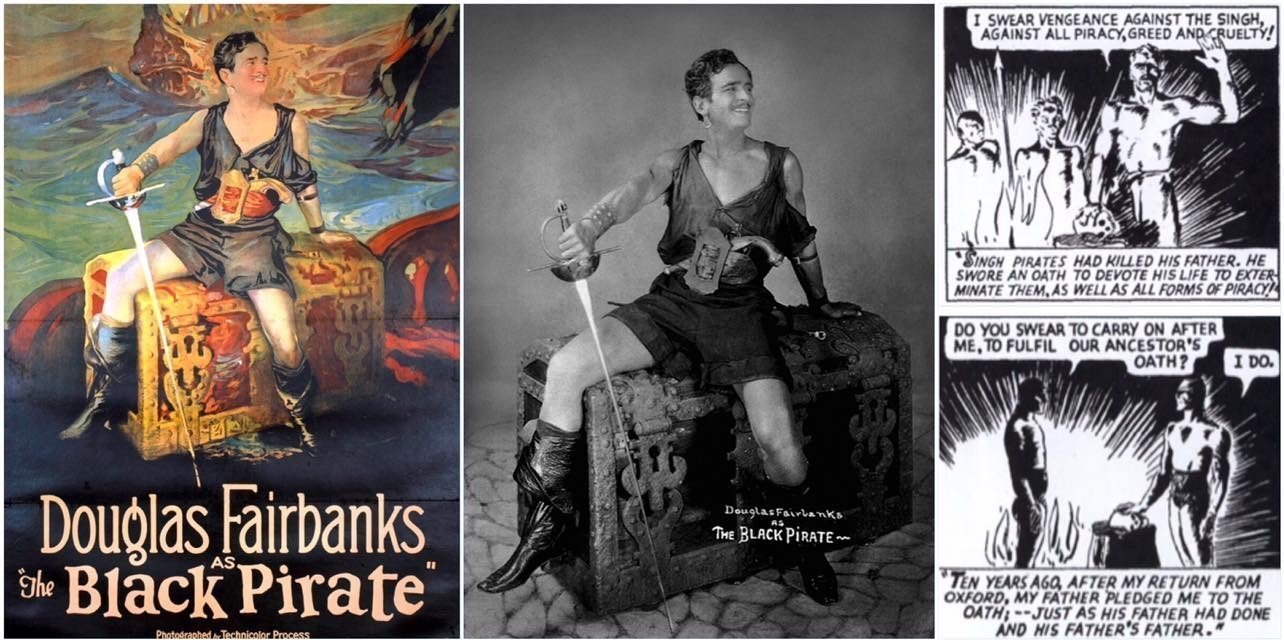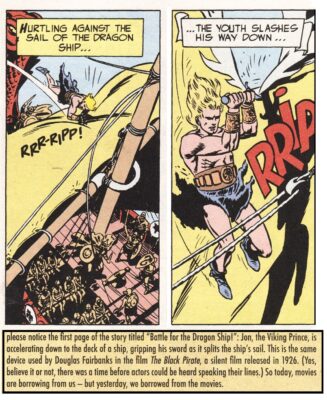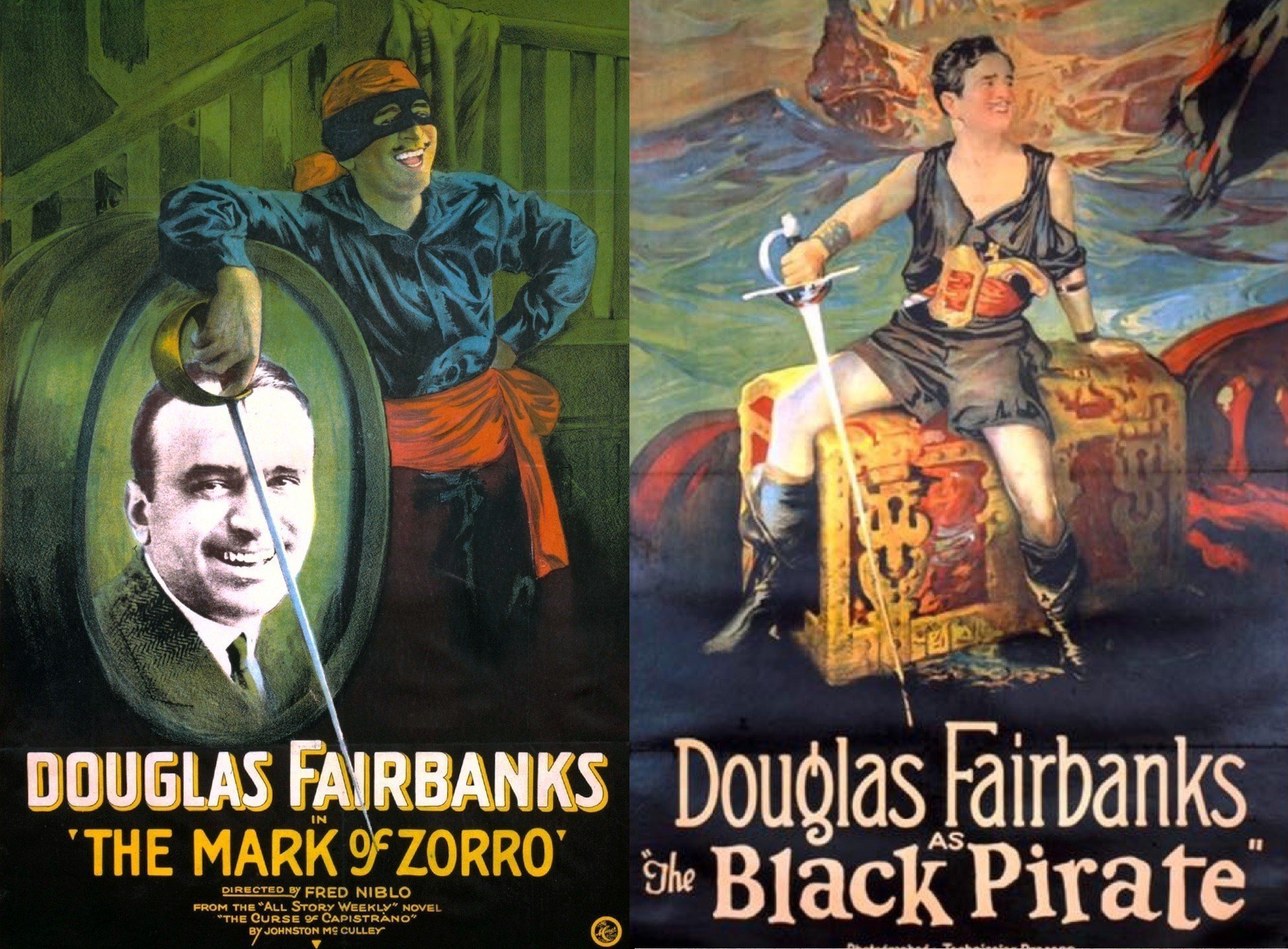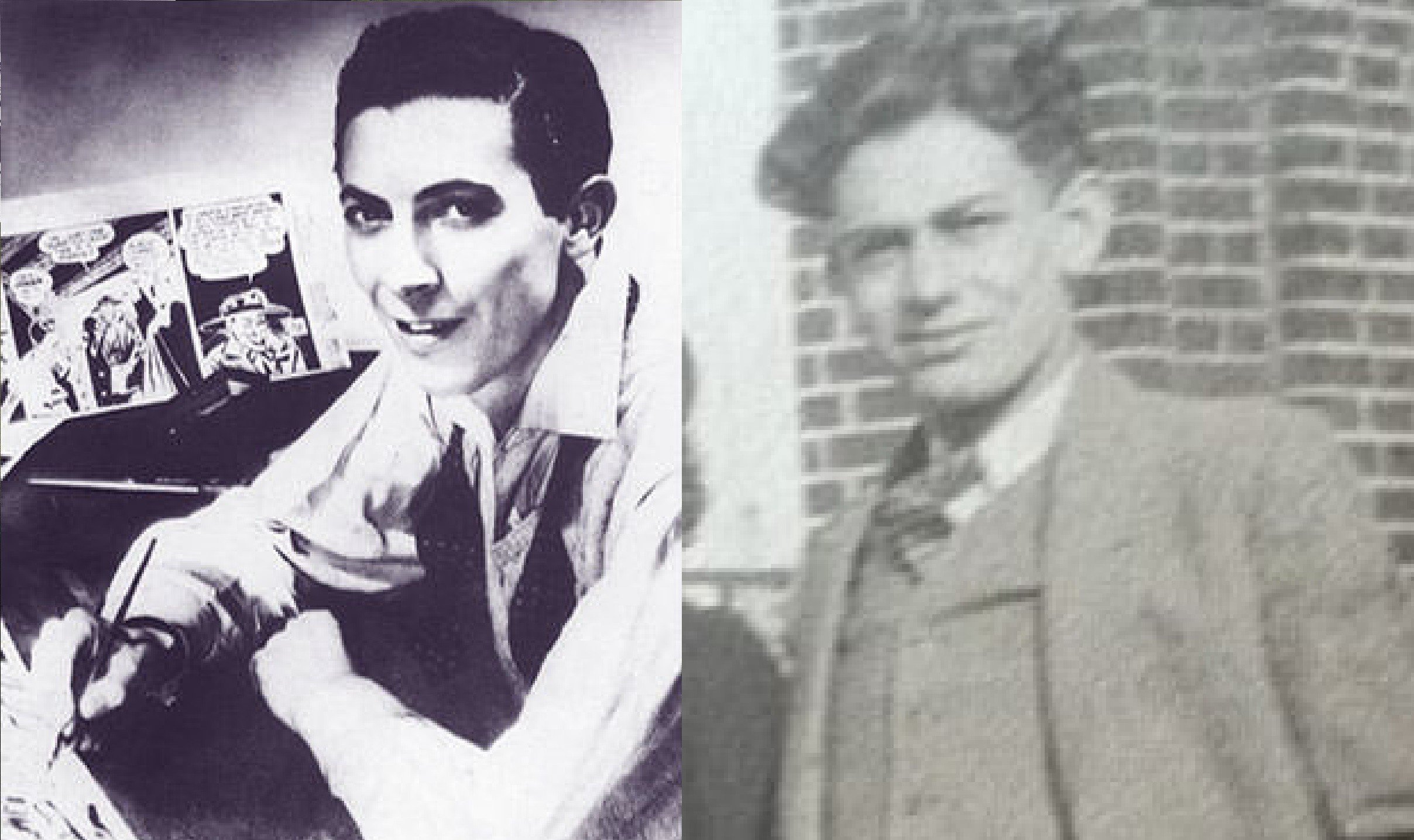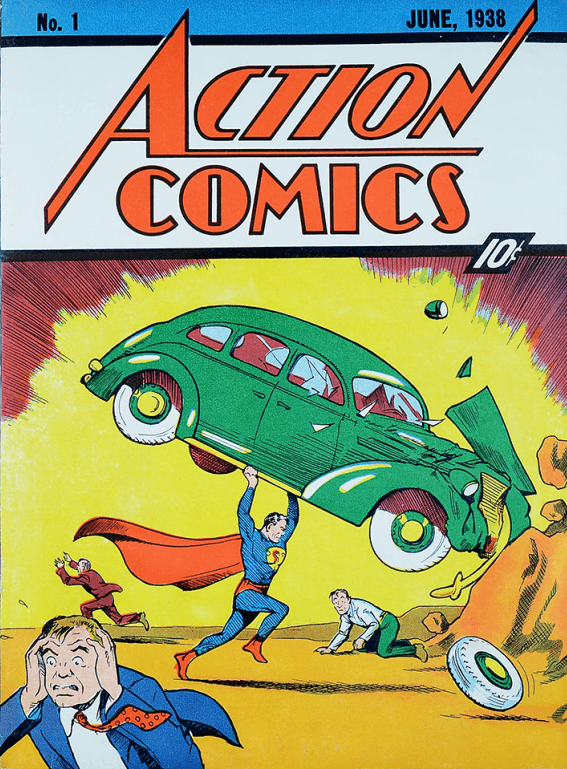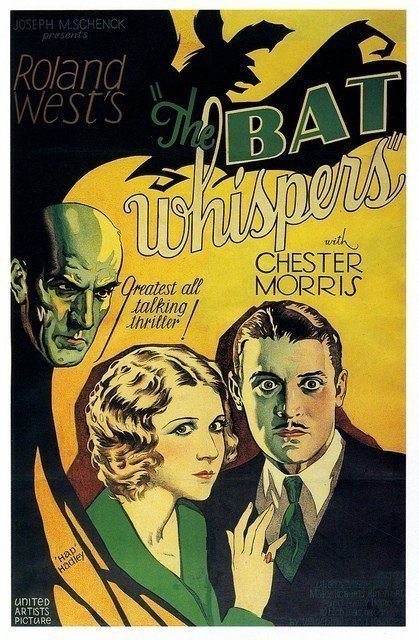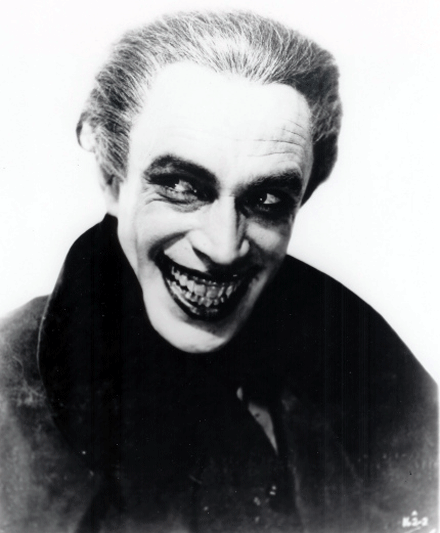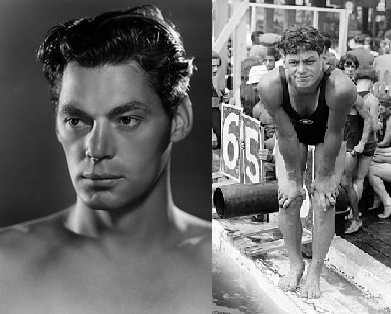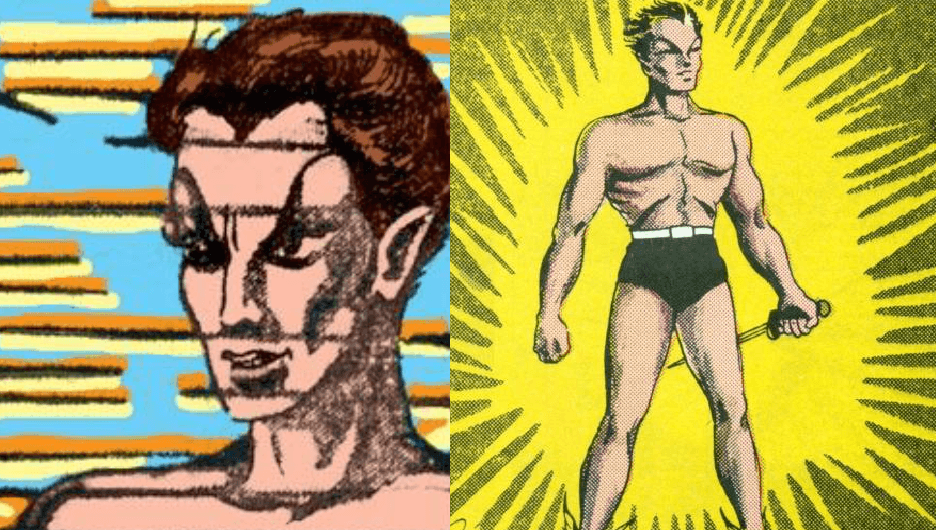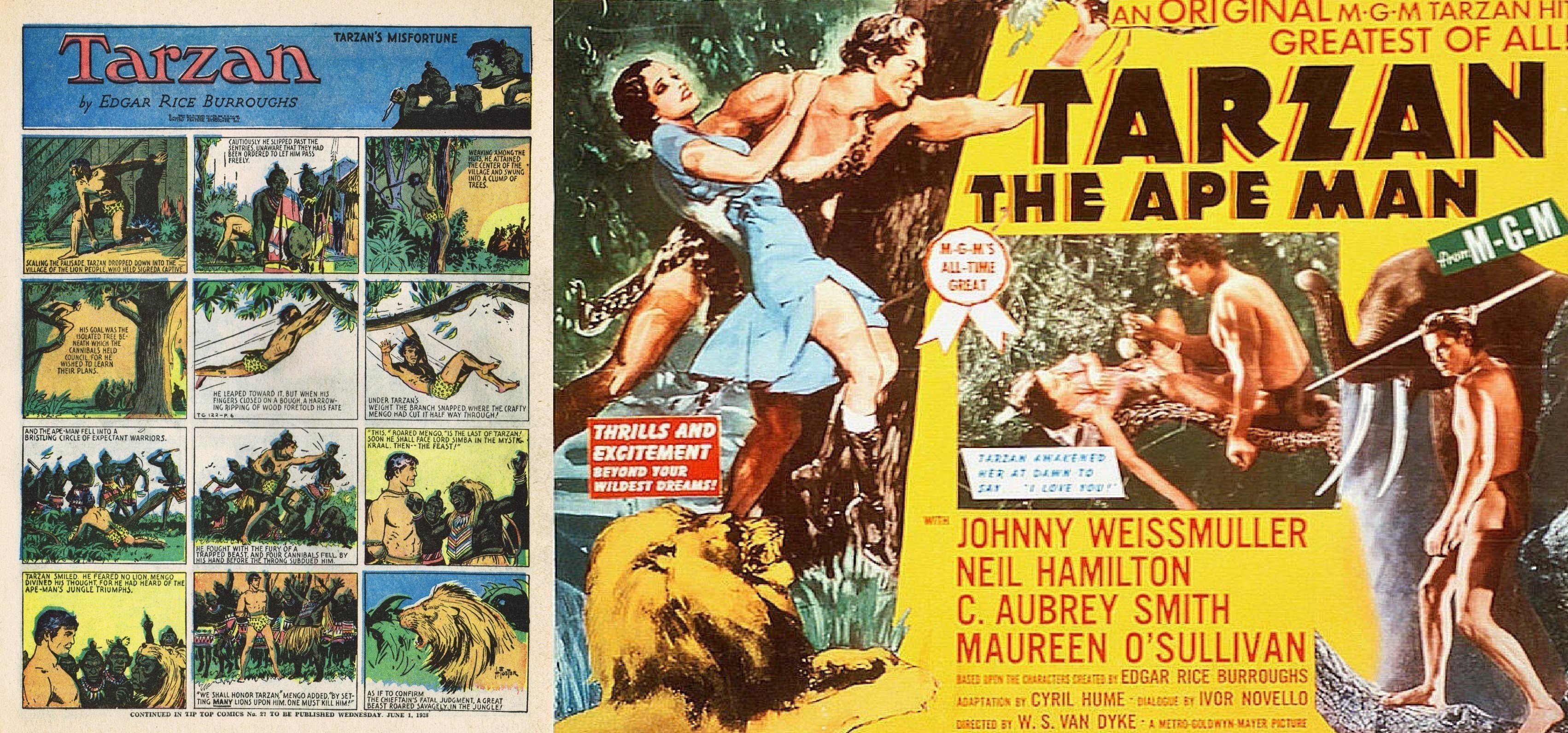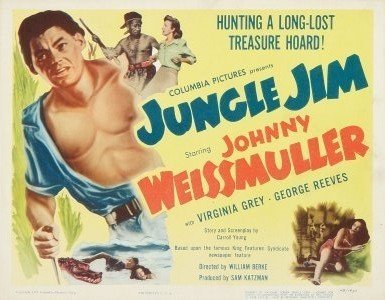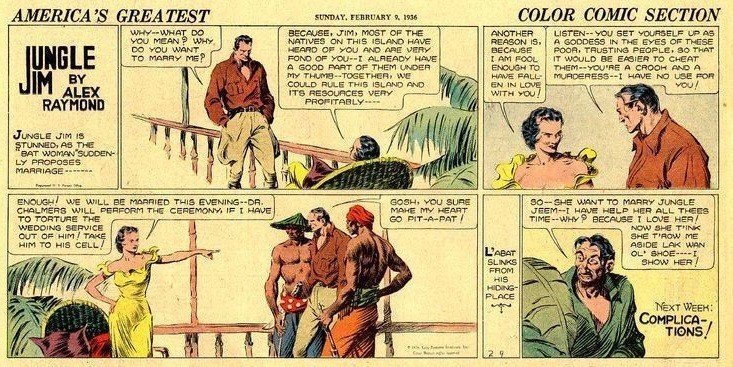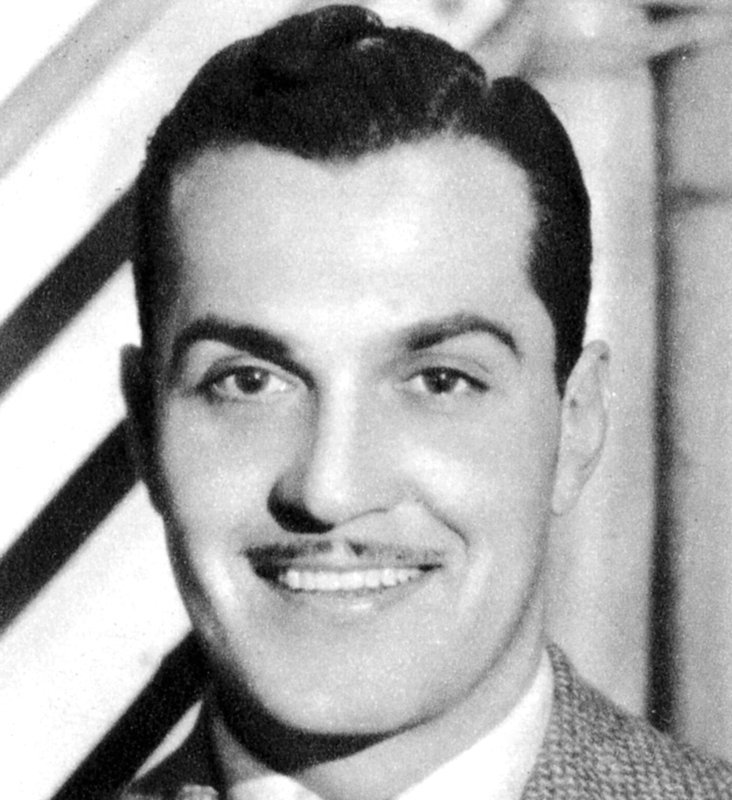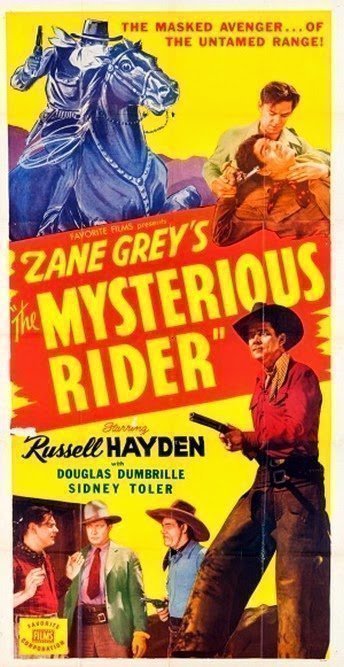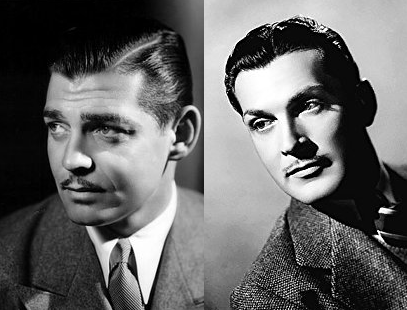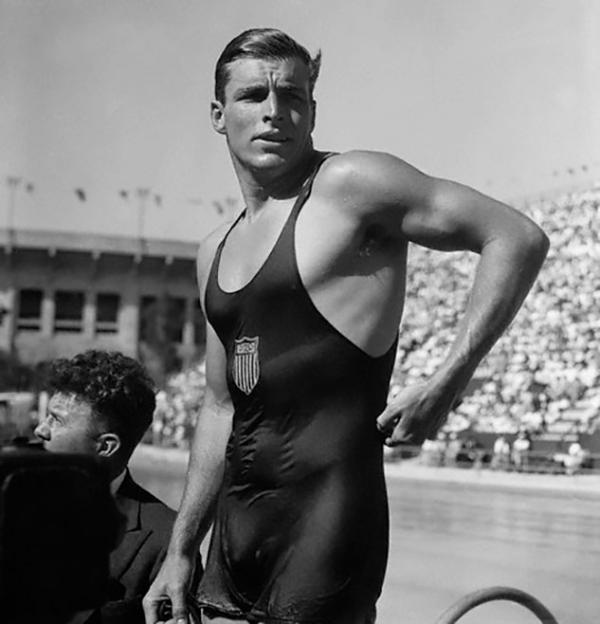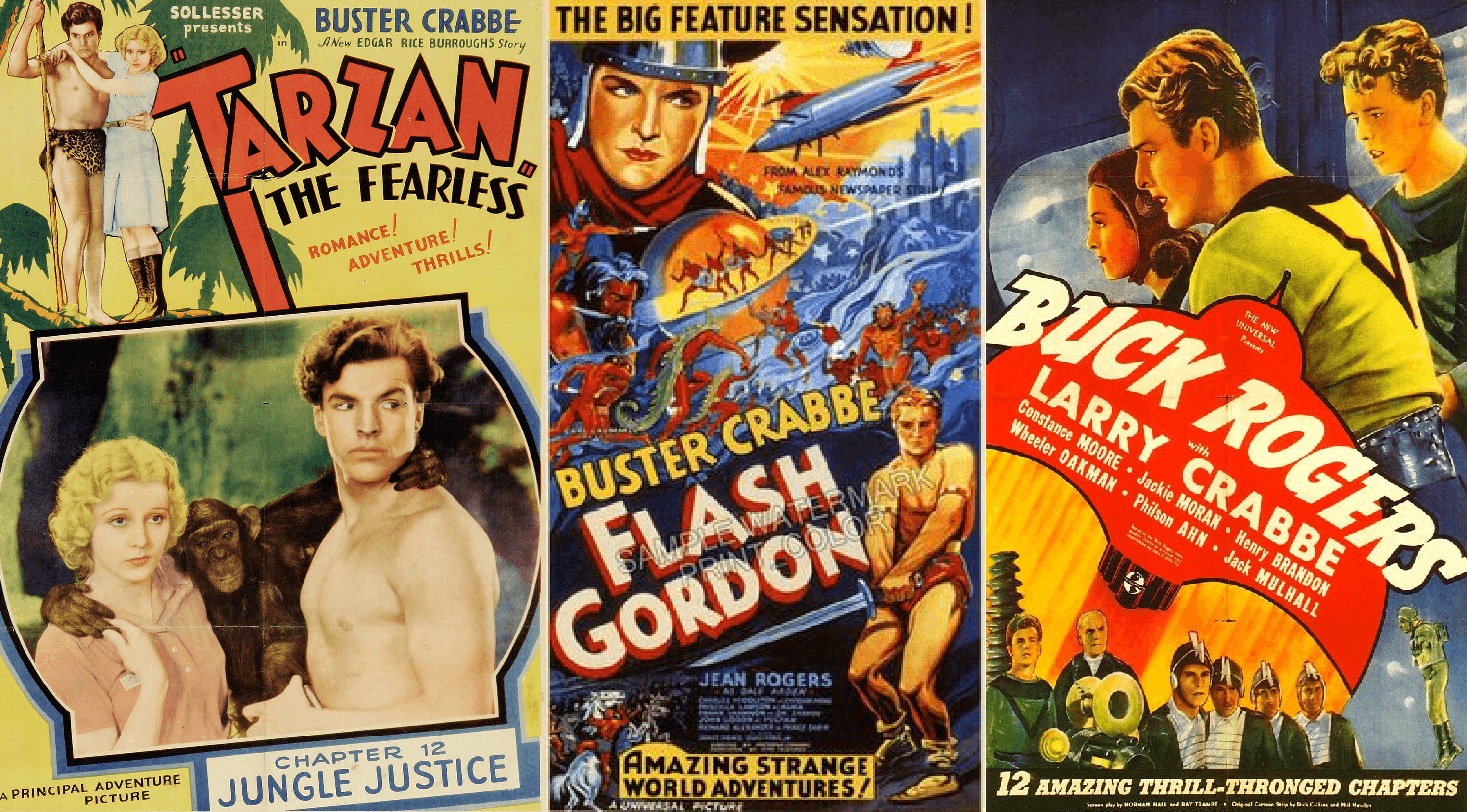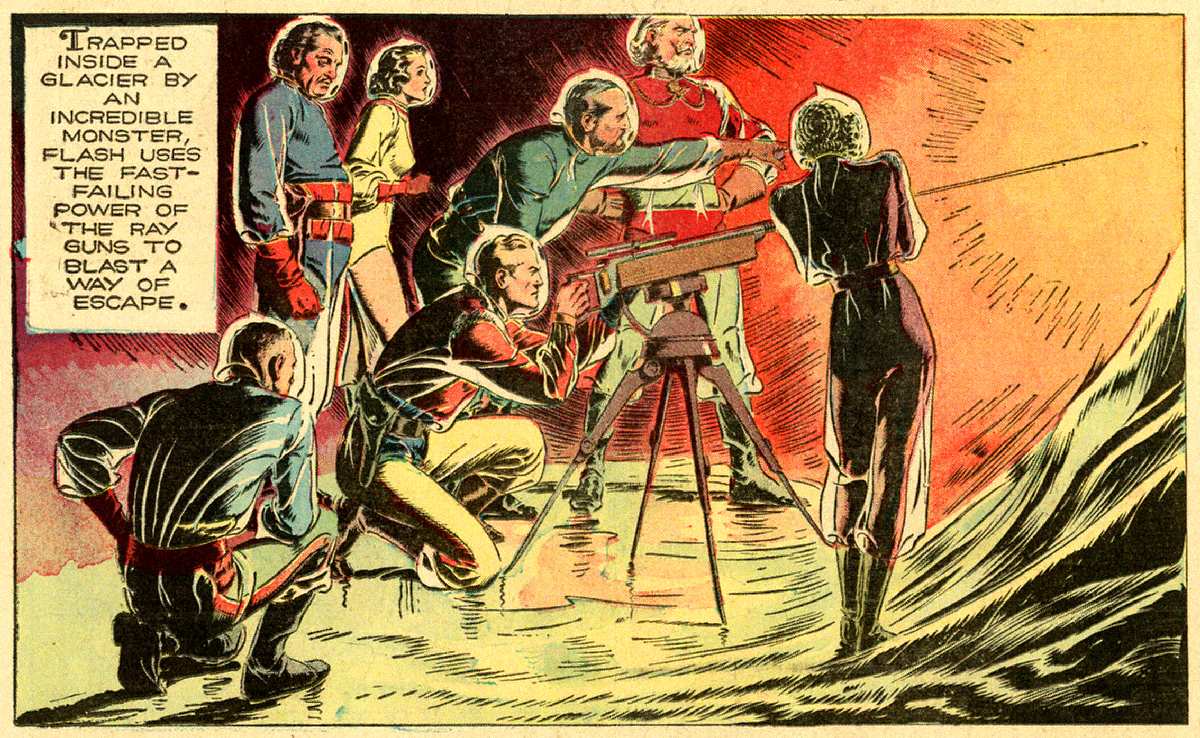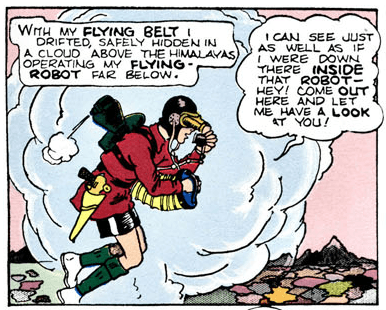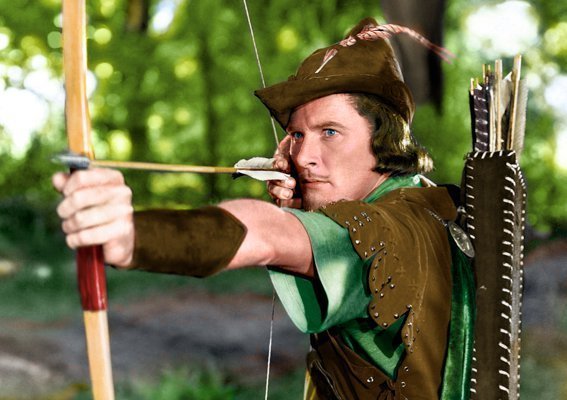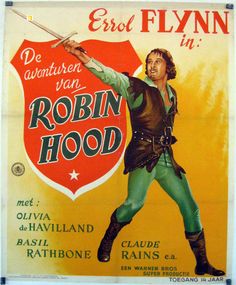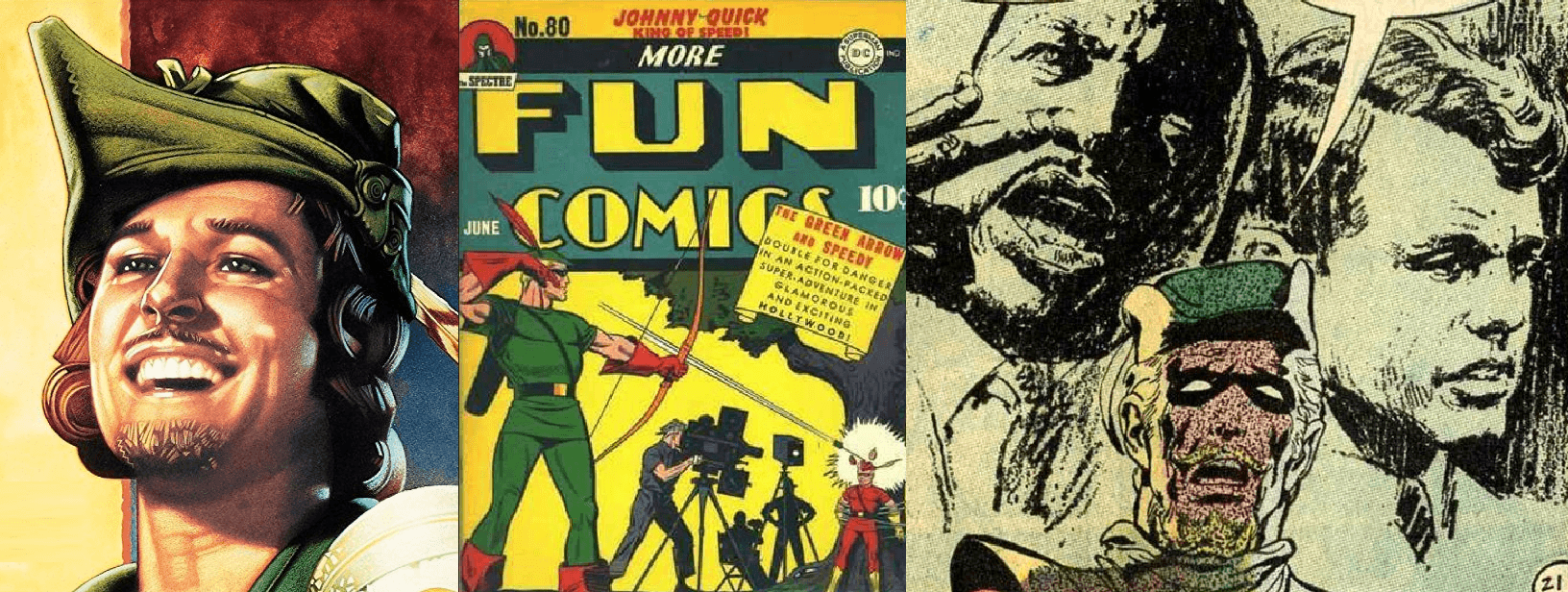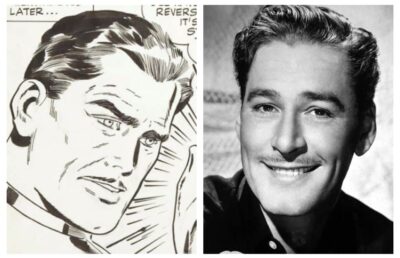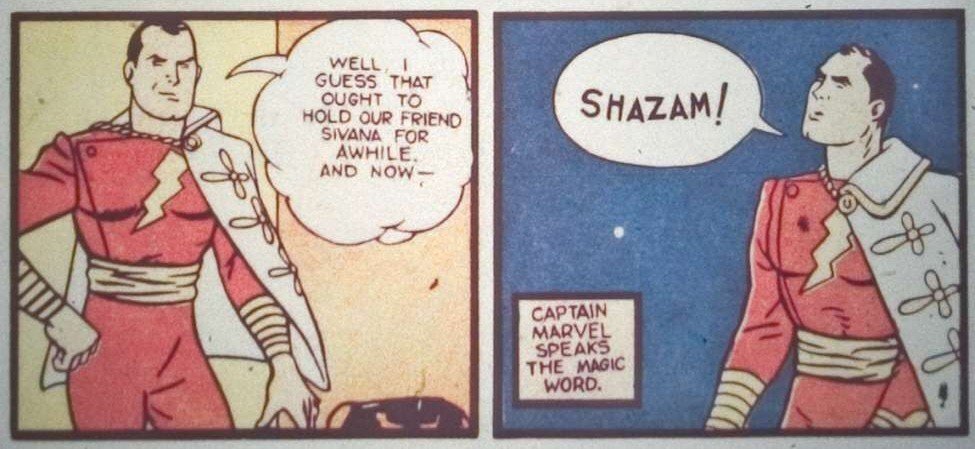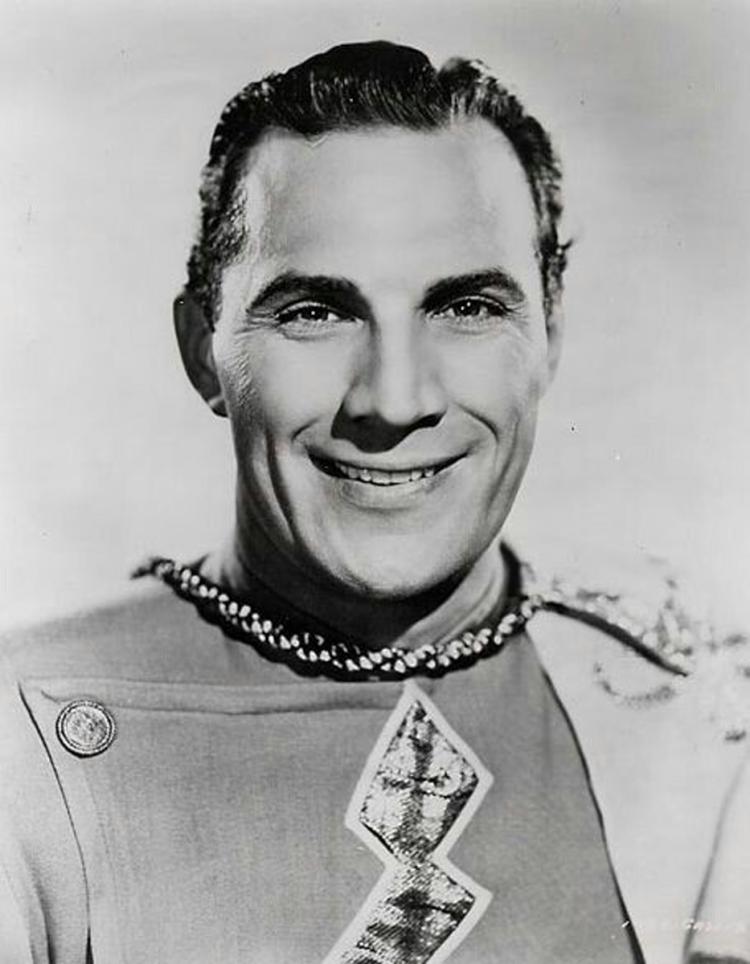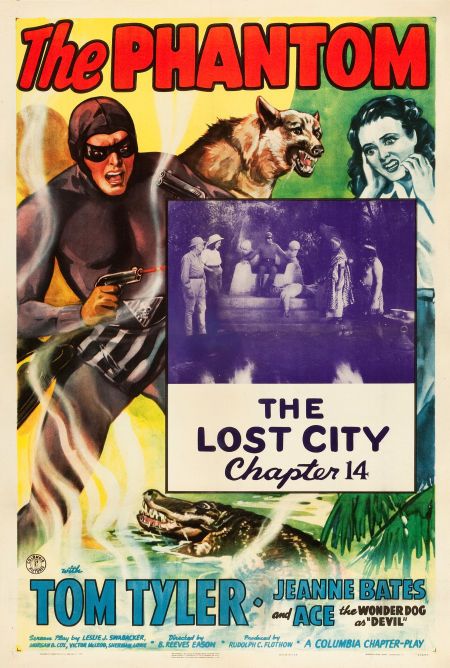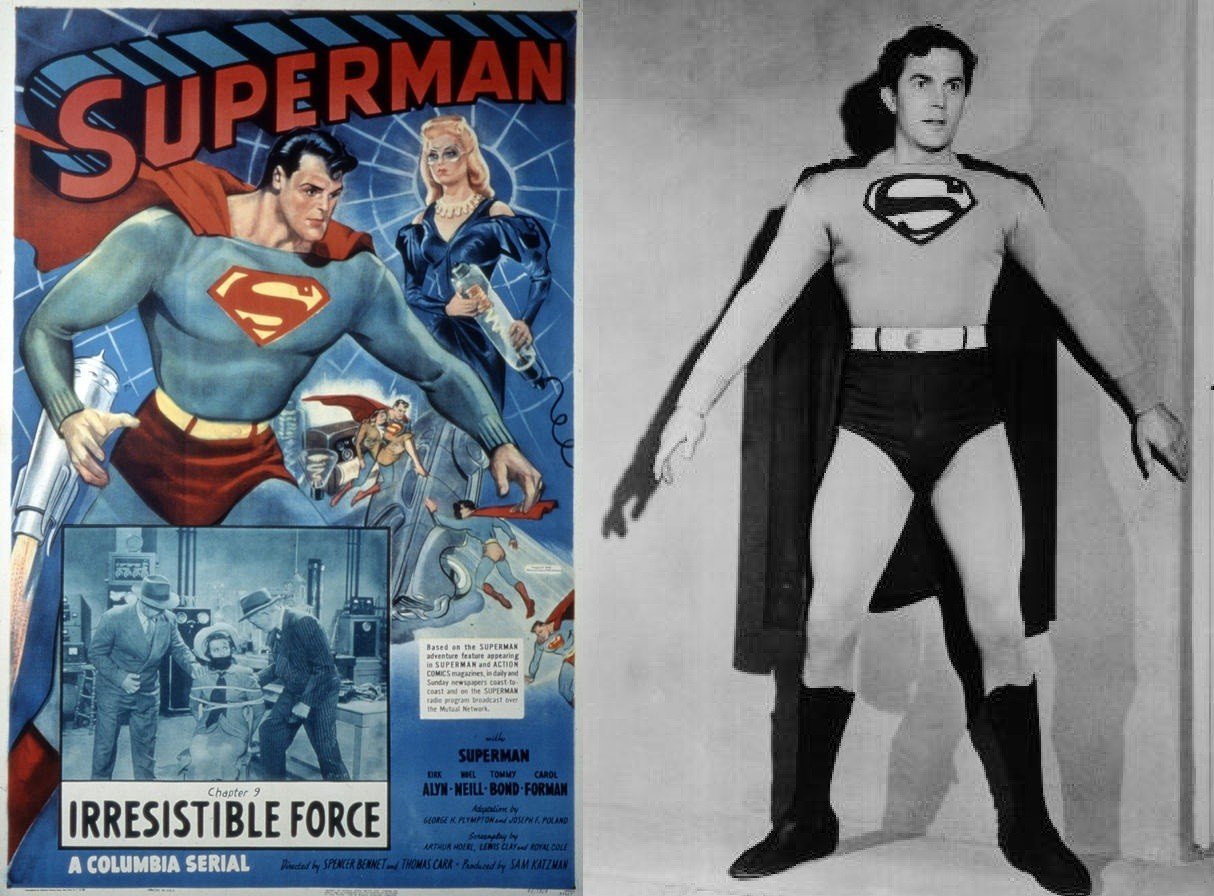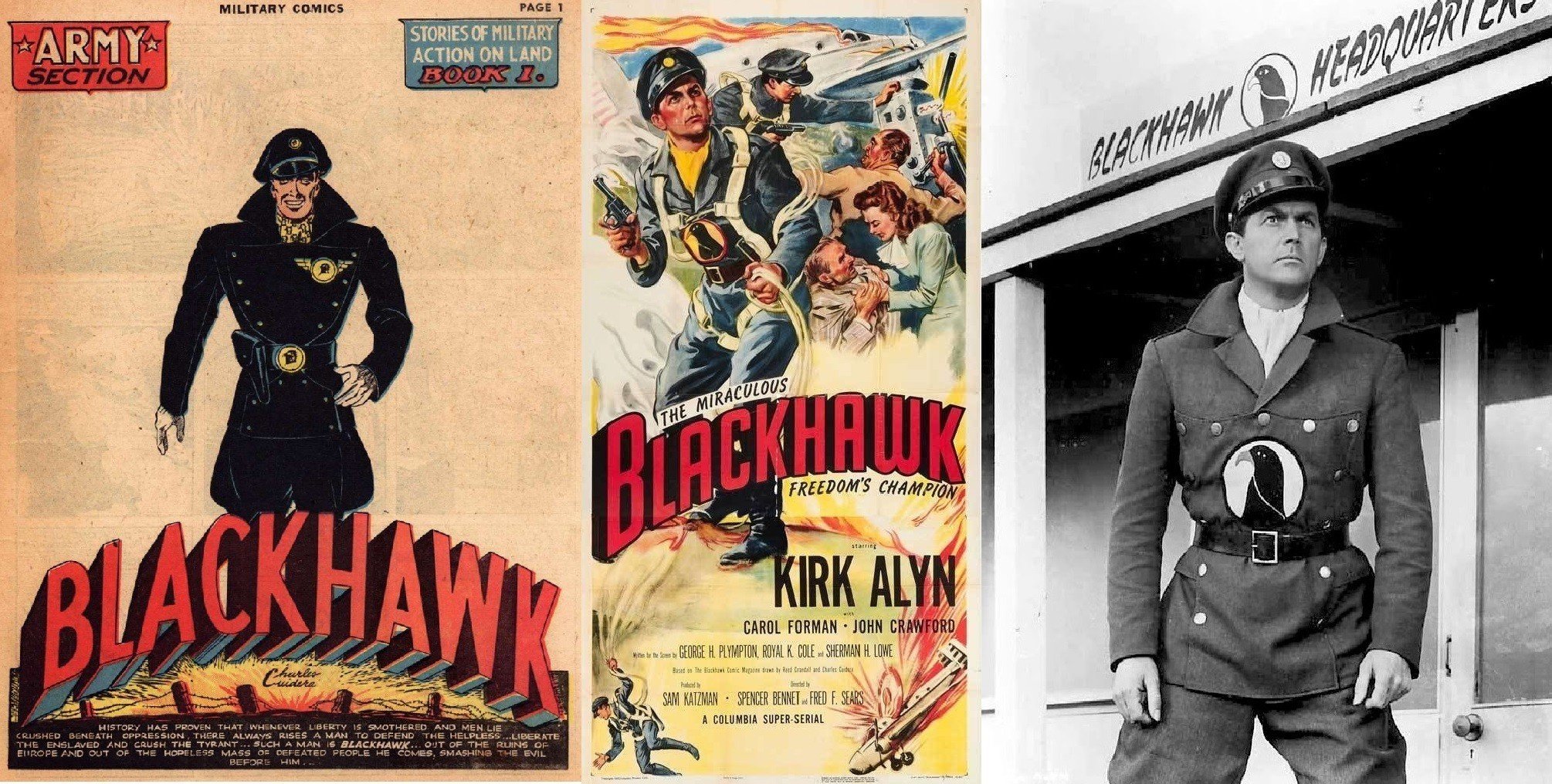The Golden Age Movie Stars That Shaped the Face, Body and Look of the Comic Superhero by Alex Grand
Read Alex Grand’s Understanding Superhero Comic Books published by McFarland Books in 2023 with Foreword by Jim Steranko with editorial reviews by comic book professionals, Jim Shooter, Tom Palmer, Tom DeFalco, Danny Fingeroth, Alex Segura, Carl Potts, Guy Dorian Sr. and more.
In the meantime enjoy the show:
In previous episodes we discussed how both Newspaper Comic Strips and Pulp Fiction Stories pioneered the artistic choreography, story telling techniques, and fictional story plots of the first Comics books of the 1930s and 1940s. There was a third very strong factor that went into the visualization of the early Comic Strips and Books that also factored into how the first hero’s or superhero’s actually looked on paper, and that was the actors who portrayed costumed adventurers at least twice from the Golden Age of Movies.
These actors whose look and on camera movements influenced the way the early creators drew a story’s protagonists are Douglas Fairbanks, Johnny Weissmuller, Kent Taylor, Buster Crabbe, Errol Flynn Tom Tyler and later Kirk Alyn.
Douglas Fairbanks was born in 1883, and by the year 1920, he had already been in 29 films which showcased his persona, charisma and athletic ability.
In 1920, he decided to take a chance and portray a costumed hero by the name of Zorro, a pulp hero made in 1919 by Johnson McCulley of an 1830’s Dark Costumed Crimefighter. Zorro’s portrayal by Douglas Fairbanks’ acting and costumed body language was such a large mega-hit that it rocketed him to superstardom and every pop culture lover of the time watched it. With the body language of Fairbanks in Zorro with the exciting pulps by the same character during the 1920s, an onrush of Zorro excitement hit watchers of the films. Bob Kane noted that watching Douglas Fairbanks in the film Zorro was one of his inspirations for creating Batman in 1939,
and his co-creator Bill Finger has said that he made contributions to Batman based in many ways on Lee Falk’s 1936 Phantom character.
Lee Falk has mentioned that his 1936 Phantom had some of his origin inspired by the 1926 Douglas Fairbanks film, The Black Pirate where a son’s father is killed before his eyes by pirates and the young nobleman survives and swears an oath of vengeance on them. Both the Black Pirate and the Phantom wear rings that are unique to the hero’s identity. Joe Kubert also noted in 2010 that his Viking Prince panels of the hero cutting a sail and descending to fighters is directly taken from the Black Pirate.
One of Douglas Fairbanks’ most famous stunts: sliding down a sail in The Black Pirate (1926) from r/silentmoviegifs
So Douglas Fairbanks films’s the Mark of Zorro from 1920 and his later film, The Black Pirate from 1926, influenced, respectively, both Bob Kane through Zorro, and Bill Finger through Black Pirate create Batman, in both story, look and body language.
In a 1970s documentary, Jerry Siegel and Joe Shuster mentioned, that they watched Douglas Fairbanks in the Black Pirate to get the heroic facial/body expressions for Superman in Action Comics 1, 1938,
making this classic actor a precursor to the Phantom, Superman and Batman. Since we are on the topic of Batman, there was a Roland West pre-code mystery film, The Bat Whispers in 1930 based on 1920 Avery Hopwood and Mary Roberts Rinehart play, The Bat.
The Bat is an eccentric costumed criminal who robs banks, and makes announcements to the police much like the Joker, but ironically in a Bat type suit. He runs atop buildings, and the beginning of the film shows a first person view of him jumping off a building and landing on his feet.The film’s Bat character has much of the same flavor of Batman foiling the police, and hiding in shadows purposely making people afraid, with a strong flare for the theatrical and dramatic.
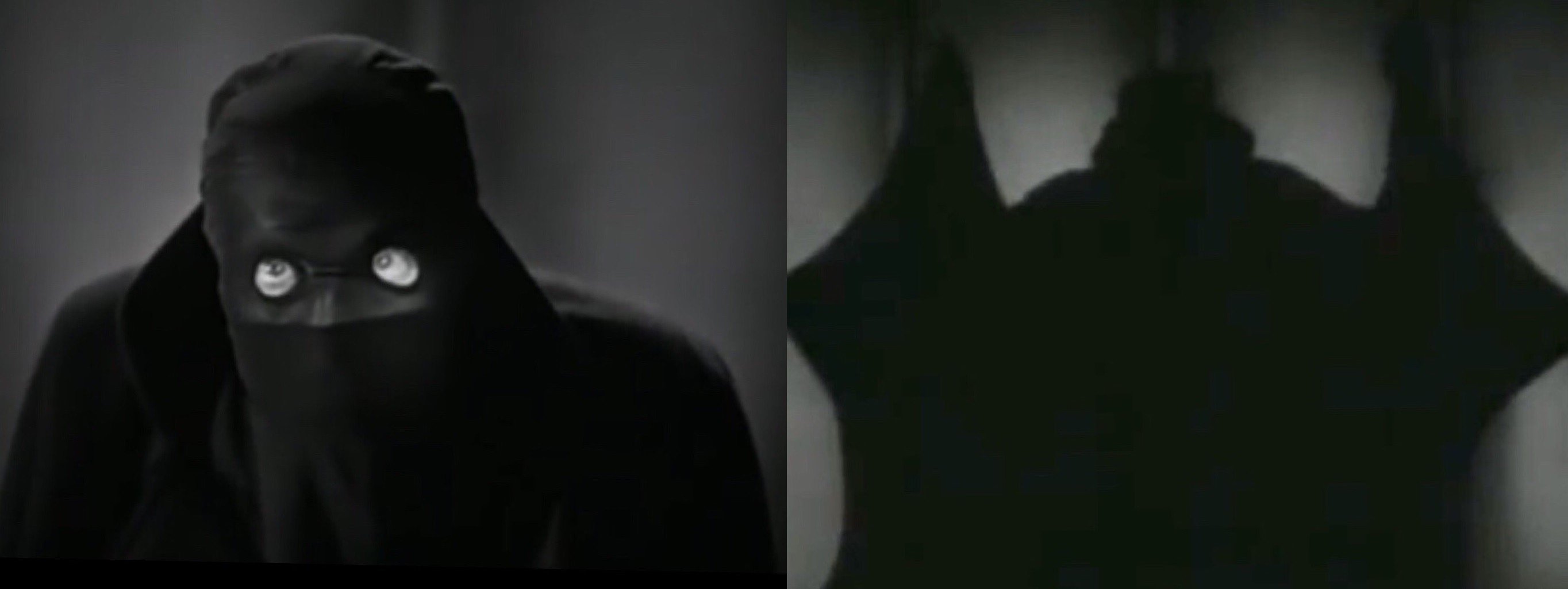
Something notable in this film, is the choreography of using a man as a Bat in a suspenseful setting with film editing that adds fear to the viewer. Although this isnt the actor that predates the Superhero, it is a case of the concept of a film, making it into the comics, and likely in conjunction with Zorro by Douglas Fairbanks made an impression. Bob Kane has said in his 1989 autobiography “Batman and Me” that the villain of this movie was an inspiration toward creating Batman. However many of the Bat qualities of Batman have been found to be attributed to Bill Finger who also likely saw this film. Jerry Robinson, Bob Kane and Bill Finger have all mentioned Conrad Veidt for the inspiration of the Joker from his 1928 silent film, The Man Who Laughs.
Johnny Weissmuller was born in 1904, and started his career in fame as a multiple Gold winning Olympic Swimmer in the 1920s and portrayed Edgar Rice Burroughs character in the 1932 film, Tarzan the Ape Man.
At an astonishing 6’3″ he became an international sensation, and had the first depiction of Tarzan that had the characteristic jungle yodel. He became so famous in the 1930s, that he would make a tremendous impact on Golden Age artists to copy his physique and exotic look into comics, even referencing his photos connected with his swimming reportedly such as this Timely Comics’ 1939 Namor the SubMariner picture by Bill Everett while he was at Funnies, Inc.
Although there is a strong connection between Johnny Weissmuller and Comic Book character, Namor the Sub-Mariner, there is also a strong connection to two great Newspaper Comic Strips, one of them is Hal Foster’s Tarzan which was the artist who did Tarzan at the time of Weissmuller’s first 1932 Tarzan film. Hal Foster is one of the cardinal Golden Age Comic Artists that the first and second generation comic book artists emulated, and Weissmuller would portray Tarzan in 12 total films.
After Johnny Weissmuller was finished with the Tarzan films, he starred in the Alex Raymond originated newspaper strip adaptation, Jungle Jim in 1948, starring in 13 of these films and a syndicated TV show.
Jungle Jim started in 1934 when Alex Raymond was actually doing 3 strips at the same time with this one emulating Tarzan in the Jungle Genre, Flash Gordon emulating Buck Rogers in the Sci Fi Genre and Secret Agent X-9 emulating Dick Tracy in the Crime Genre.
Kent Taylor was born in 1907 and although he was not as famous as most of the others on this list, he did have two points of contact with costumed hero’s.
Kent Taylor portrayed a costumed vigilante in the 1933 western film, The Mysterious Rider, and portrays the protagonist Benton, who has to escape an unjust persecution in jail by becoming a costumed adventurer named the Phantom Rider to gain both vengeance and justice.
Not only is this Phantom Rider film a classic set up for both a western and a costumed vigilante story line in the early 1930s, it is linked to the 1950 comic, Ghost Rider with issue 1’s cover by Dick Ayers.
More than 11 years later, Martin Goodman wanted the character, who fell out of trademark, and so contracted the same artist, Dick Ayers to create the Ghost Rider for Marvel Comics in 1967. In 1972, Thomas and Friedrich made the flaming skull Ghost Rider in Marvel Spotlight 5, using a costume from the Elvis 1968 comeback special. Since there was a new Ghost Rider, then Marvel changed the name of the original character to… The Phantom Rider.
It is also thought that Kent Taylor’s name, in conjunction with Clark Gable, has a combined name by Siegel and Shuster into Clark Kent, aka Superman. Of course, Clark Kent also got his first name from the pulp story of Clark Savage Jr otherwise knows as Doc Savage.
Buster Crabbe was born in 1908, and similar to Weissmuller an American two-time Olympic swimmer and movie actor.
His physical prowess and facial persona had so much charisma that he becamse the only actor to play Tarzan, Flash Gordon and Buck Rogers, the top three syndicated comic strip heroes of the 1930s.
Crabbe starred in the Tarzan the Fearless serial in 1933 a year after Weissmuller’s first Tarzan film in 1932. Interestingly they were both Olympic Gold medal winning swimmers, and both portrayed Hal Foster’s physical Tarzan. Crabbe was picked in 1936 to portray Alex Raymond’s Flash Gordon strip which premiered 1934, for the Universal Flash Serial releasedi n 1938.
Crabbe also portrayed Buck Rogers in the 1939 serial also by Universal with dark hair as compared to his dyed blonde hair for Flash Gordon. Buck Rogers was the first sci-fi adventure newspaper strip in 1929 that started America’s fascination with sci-fi ray guns, and popularized pulp science fiction for the mainstream.
Although Dick Calkin’s art on this strip isnt as magnificent as Alex Raymond’s Flash, it still brought this sort of pop culture to the masses. These serials witih Buster Crabbe made a huge impression on Comic Book Artists of the 1940s, adapting or patterning their heroes from these physically and mentally impressive hollywood superstars of the time.
Errol Flynn, born in 1909 did not star in any comic strip flims, however his charisma and physical prowess in his highly watched 1930s action films made an impression on all pop culture lovers of the time, including the Comic book artists who desperately needed reference material.
The two main films that showcased the aspects of Erroll Flynn to prove the dashing swashbuckling action were Captain Blood 1935 and The Adventures of Robin Hood 1938. Some would consider Erroll Flynn as the one to continue the 1920s Douglas Fairbanks type films into the 1930s, so like the 1920s Black Pirate Film by Fairbanks, there was the 1935 film Captain Blood of a dashing, exciting, athletic Pirate.
To continue this costumed action tradition, Erroll Flynn played in the 1938 film, The Adventures of Robin Hood
Robin Hood had been around well before this film, however, Errol Flynn’s blonde goatee’d green suited rendition influenced the physical chroeography of Golden Age, Silver Age, and Bronze age comics and the most obvious manifestation of this is DC’s Oliver Queen character, named Green Arrow.
Don Heck said in an interview in 1990 published in TwoMorrows A Work of Art that although Jack Kirby designed the cover and the gray Iron Man amor, Heck himself designed the look of Tony Stark based off Errol Flynn during his creation published in Tales of Suspense 39, 1963.
By the 1940s, Comic Books were in full swing, and the 1st generation of Comic Book Artists were inspired by pulps, newspaper strips and 1930s costumed adventurer movies to create their characters like Captain Marvel and Superman.
C.C. Beck has said in an interview that he was so strong and down to earth that he patterned his co-creation Captain Marvel / Shazam off of Fred MacMurral.
Fred MacMurray was a tall strong suave sophisticated male lead, who carried himself with humility and kindness much the God of Thunder himself, Captain Marvel aka Shazam.
Tom Tyler was born in 1903, and portrayed Fawcett’s Captain Marvel in the Columbia Serial in 1941.
This serial was very successful, and was somewhat notorious because it attracted DC’s lawsuit against Fawcett which ended up resulting in the discontinuation of the character in the 1950s but the character was a huge 1940s success and a shining example of the movies inspiring superheroes which inspired more movies. Tom’s second point of contact portraying a comic character was the 1943 Phantom Serial portraying the 1936 Lee Falk character who was inspired by the 1926 film, the Black Pirate.
The Phantom serial was also produced by Columbia pictures and some have found Tom Tyler to be a perfect physical rendition of this King Feature Syndicate character.
Of course, Superman also eventually got some film representation as the Golden Age of Superheroes ended when Kirk Alyn portrayed both Superman in 1948 and Blackhawk in 1952 which visually pushed the image of hero or Superhero into the next generation.
Kirk did actually get type cast because he was felt to physically fit the part perfectly and he was the first actor to visually portray Superman in a live action film. The movie execs felt he was so perfect as a Comic hero they had him portray Blackhawk, the Comic book pilot from the Quality Comic, Military Comics 1 with story by Will Eisner and art by Charles Cuidera.
Through these two characters, Kirk Alyn was seen to fit the look of the Comic Hero perfectly at the end of the Golden Age of Comic books whose artists had synthesized their characters from the combination of Newspaper Comic Strips, Pulp Fiction stories, and the looks/cinematography and charismatic action of actors from films of the 1930s to 1940s. Those Comic books then went to be topics for action hero movies going forward. Generally when a 1st or 2nd generation comic book artist is interviewed, they generally mention a movie or figure that they used as either raw source material or inspiration, and it is interesting to find out what were those movies or who were those movie stars, because by combining intellectually all 3 sources, we start to understand those characters and their creators.
Cheers.
Join us for more discussion at our Facebook group
check out our CBH documentary videos on our CBH Youtube Channel
get some historic comic book shirts, pillows, etc at CBH Merchandise
check out our CBH Podcast available on Apple Podcasts, Google PlayerFM and Stitcher.
Blackhawk ©DC Comics, Superman ©DC Comics, Action Comics ©DC Comics, Superman Serial ©Columbia/Sony, More Fun Comics ©DC Comics, Adventures of Robin Hood ©Warner Brothers, Green Lantern ©DC Comics, Green Arrow ©DC Comics, Captain Blood ©Warner Brothers, Buck Rogers ©The Dille Family Trust, Flash Gordon & Buck Rogers Serial ©Universal Pictures, Jungle Jim film ©Columbia Pictures/Sony, Captain Marvel Serial ©Columbia/Sony, Phantom Serial ©Columbia/Sony, The Mysterious Rider © Paramount, Tarzan the Ape Man ©MGM, Tarzan the Fearless ©Synergy Entertainment, Mark of Zorro ©20th Century Fox, Black Pirate ©United Artists, Marvel Comics ©Marvel, The Bat Whispers ©United Artists, Photos ©Their Respective Copyrightholders, Whiz Comics ©DC Comics
Use of images are not intended to infringe on copyright, but merely used for academic purpose.










